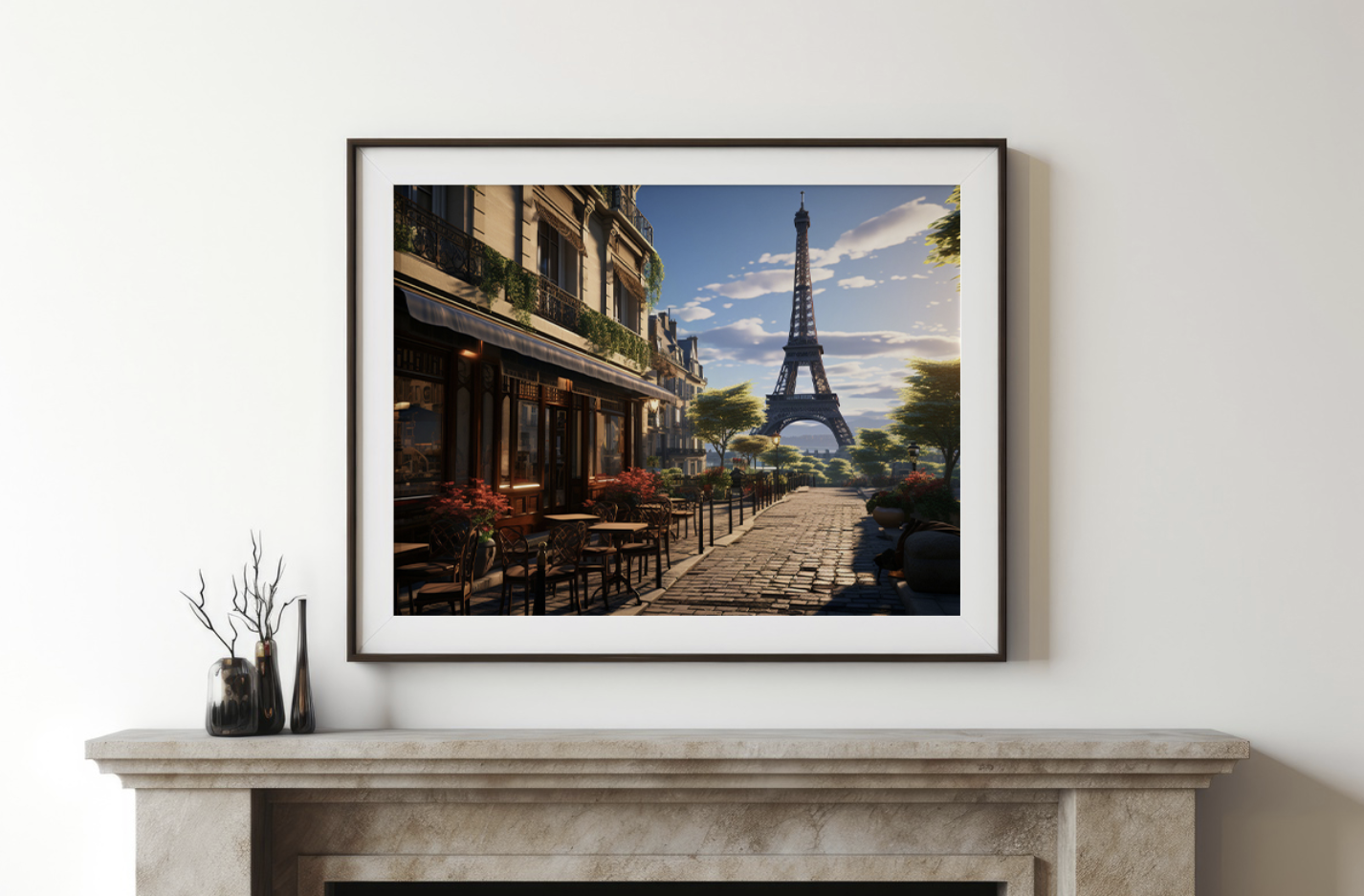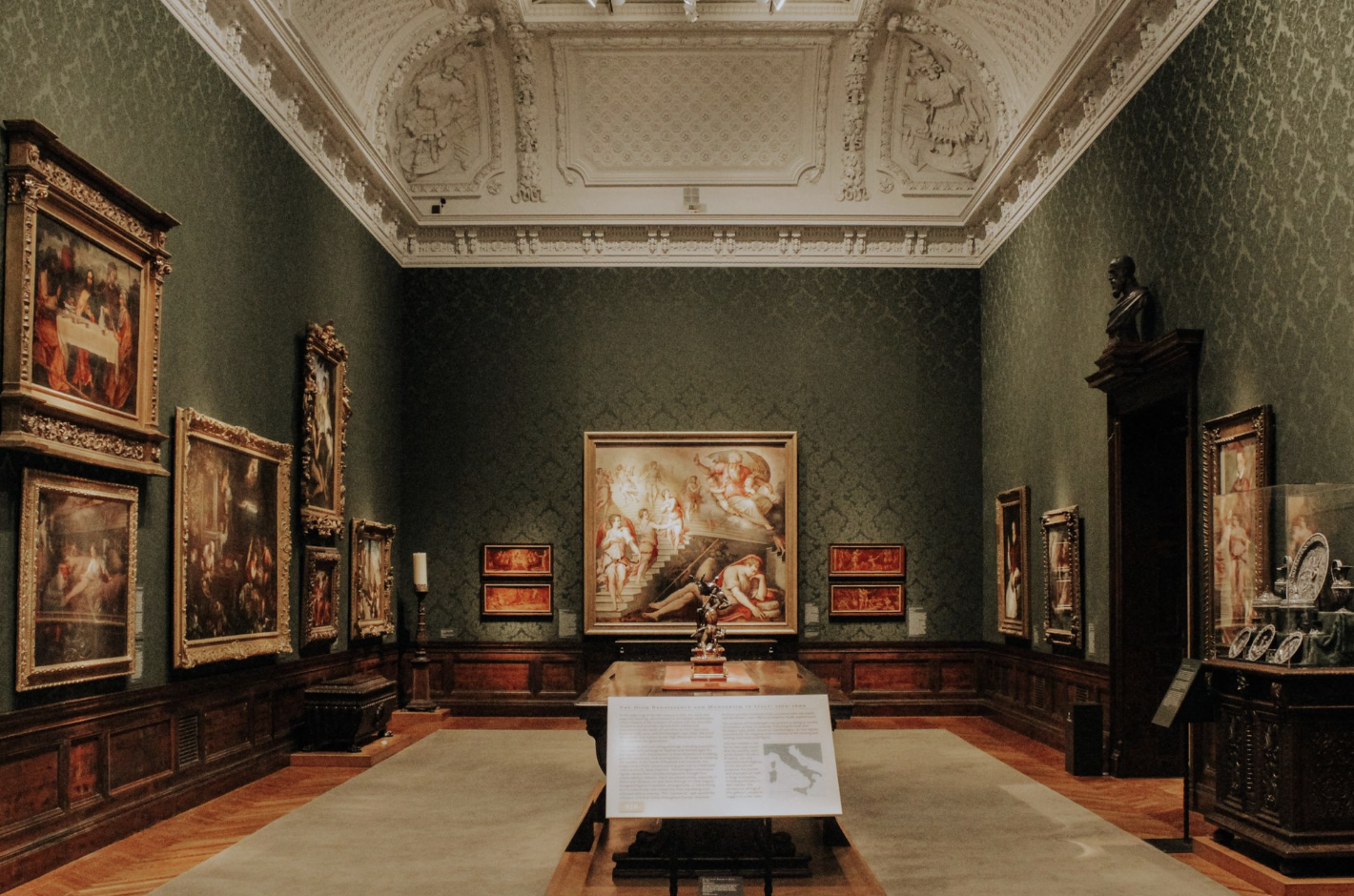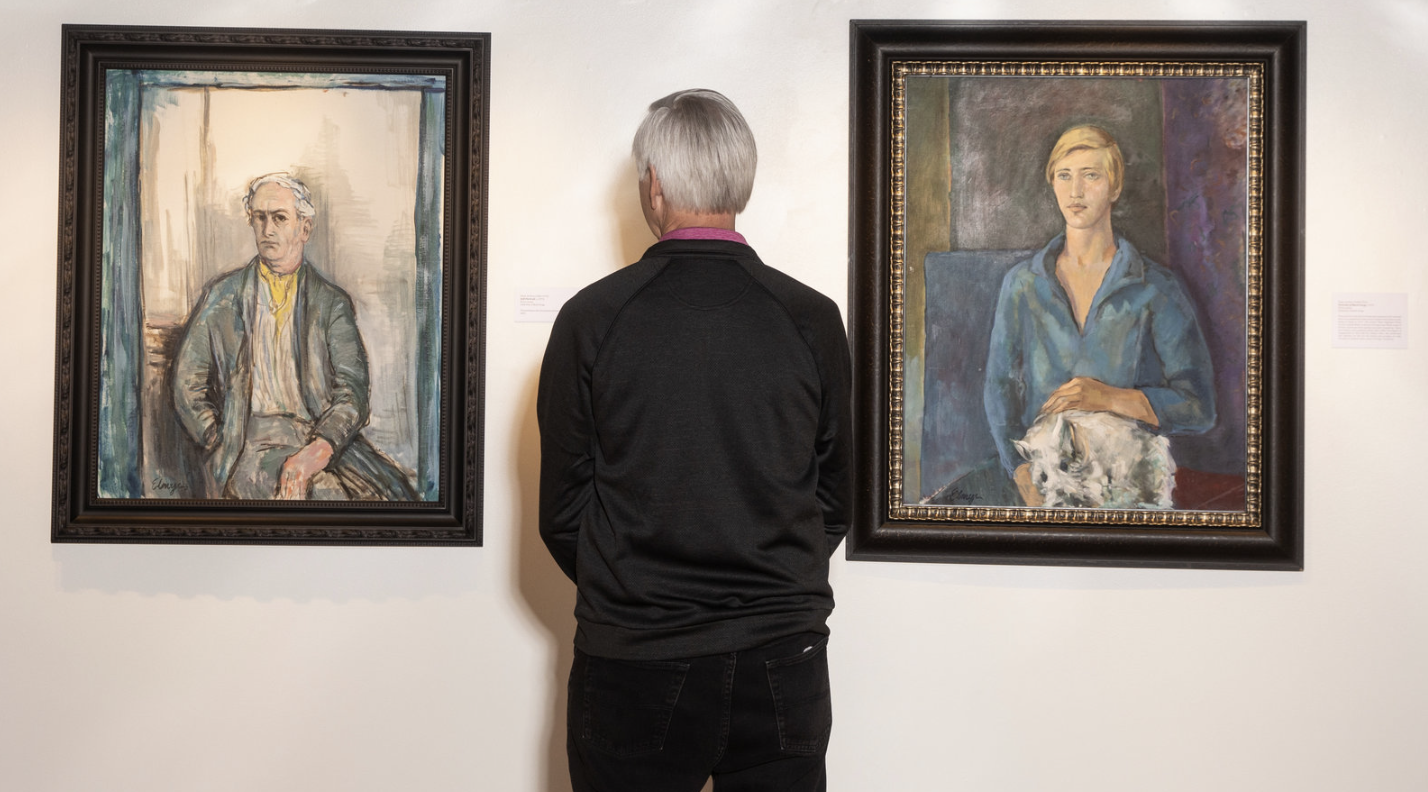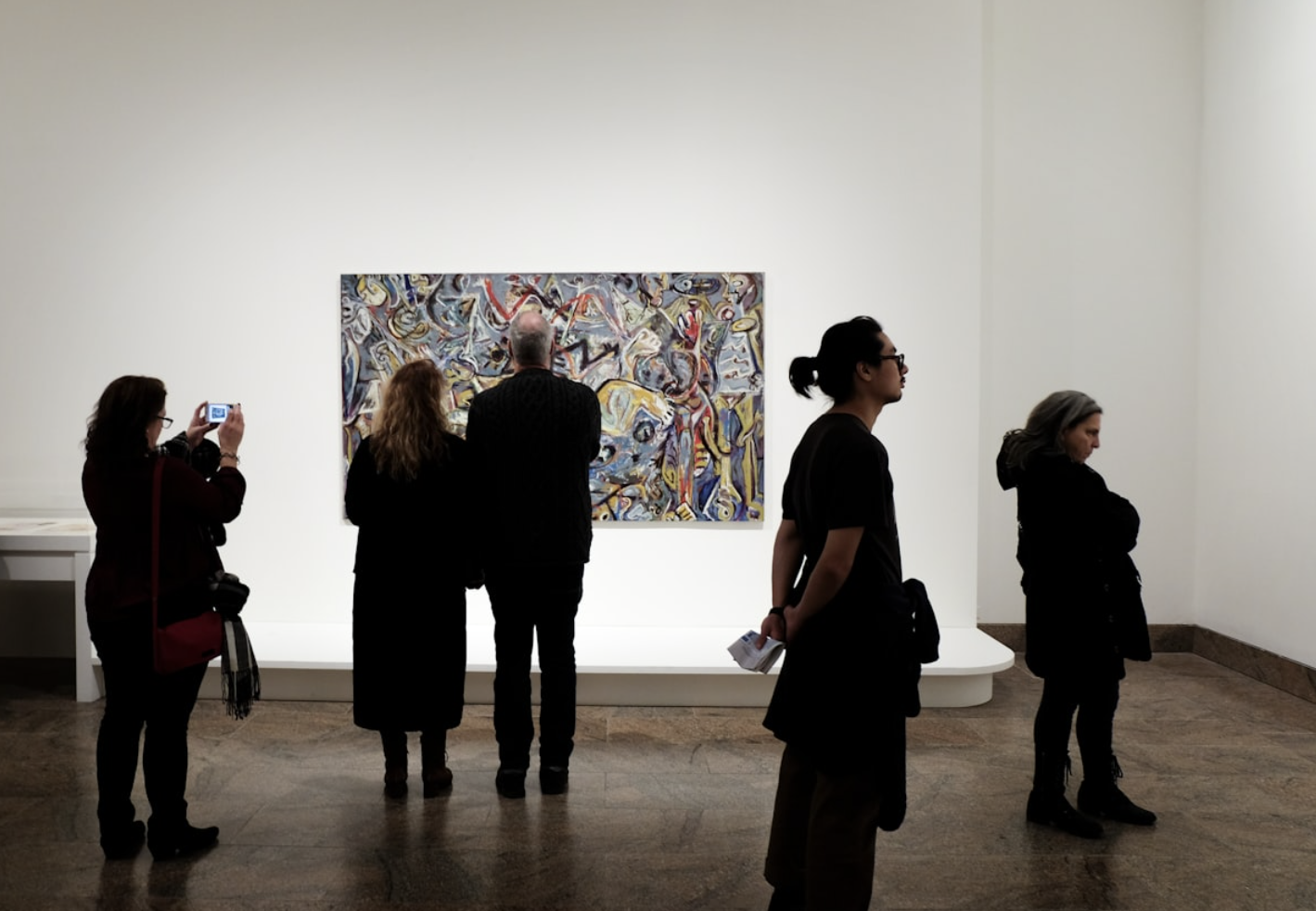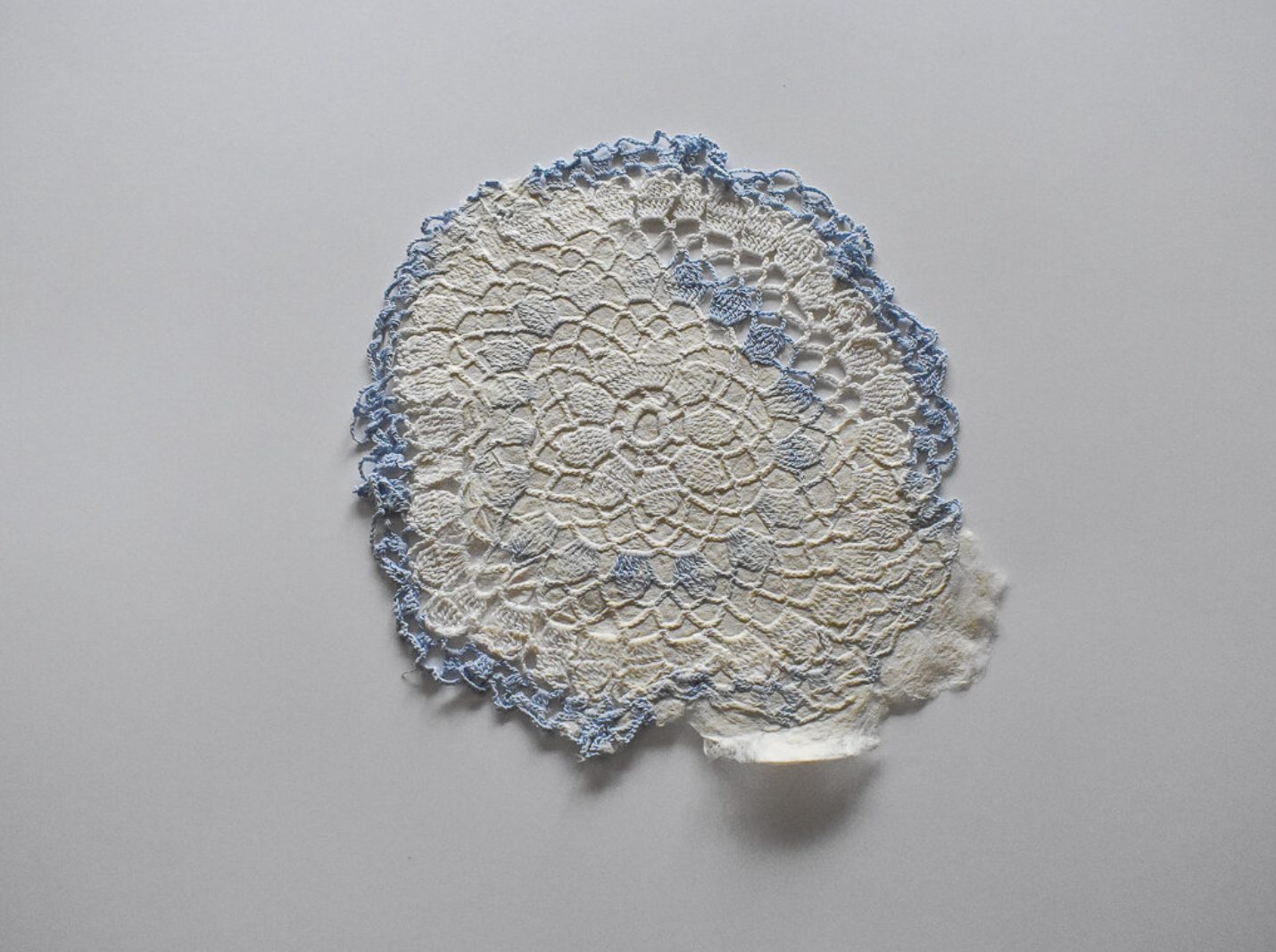
Art auctions have seen a significant increase in the number of artworks sold over recent years. Whether you’re a seasoned collector or just starting to explore the world of art, attending an art auction can be a fascinating experience. Here’s a detailed look at how art auctions operate, from the bidding process to selling your own artwork.
How to Participate in an Art Auction
Anyone can participate in an art auction as long as they are of legal age. These events are open to the public, meaning you can attend as a spectator to observe the process firsthand. Before the auction begins, potential buyers are given the opportunity to preview the artworks on sale. During this preview, you can examine the condition of the pieces and review important documents like the certificate of authenticity and provenance provided by the auction house.
If you decide you want to make a bid, you must first register with the auctioneer. You’ll need to provide your contact details, and in return, you’ll receive a bidder’s card or paddle, which has a unique number used to identify you during the auction.
Once the auction begins, the auctioneer will start by ringing a bell and introducing the first item for sale. A starting price will be announced, and bidders can compete by offering higher bids. The auction continues until no one is willing to offer a higher price. When the highest bid is confirmed, the auctioneer will close the sale by striking the hammer, and the item is awarded to the winning bidder.
Key Tip for Bidders
It’s essential to remember that the hammer price—the final bid amount—does not include the buyer’s premium. This additional fee, which can vary depending on the auction house, will be added to the final invoice. Once the full payment is made, the buyer can then collect their new artwork.
Research Is Essential
Before you register to bid, take the time to do your research. Most auction houses publish an online catalog several weeks before the event. This catalog provides details about each artwork, including the artist’s background, the history of the piece, and any other relevant information that might influence its value.
Deciding how much to bid can be tricky, so it’s always a good idea to consult with an art expert. On the day of the auction, feel free to ask the auctioneer about the starting price and whether there are other potential buyers interested in the piece.
Be cautious not to get swept up in the excitement and overbid. With a bit of preparation, attending art auctions can be a great way to acquire pieces at competitive prices.
The Rise of Online Art Auctions
With the growth of digital technology, online art auctions are becoming increasingly popular. These online platforms allow you to view the auction in real-time and place bids from the comfort of your own home. However, it’s important to ensure that the auction house is reputable. Some major auction houses, like Drouot, offer online auctions with live streaming, so you can still participate in the action even if you can’t attend in person.
What If You’re an Artist Looking to Sell?
Art auctions aren’t just for buyers—they’re also an excellent way for artists to have their works evaluated and sold at a fair market price. If you’re a contemporary artist, auctioning your work can help establish its value. Services like Artalistic offer professional appraisals to help you determine the right price for your art.
Selling at an auction is particularly beneficial if you’re unsure of your artwork’s market value. It’s also a common route for individuals who inherit art pieces they don’t wish to keep or those looking to sell their artwork to ensure they receive a fair price.
How to Sell Your Art at Auction
If you’re interested in selling your artwork, the first step is to find an auctioneer. You can easily locate one near you by doing a simple search online. For more valuable pieces, it’s recommended to choose a well-established auction house, as these institutions are more likely to attract serious buyers. Reputable auction houses are typically located in major cities, but there are also many online options to explore.
Conclusion
Whether you’re buying or selling, art auctions are an exciting way to engage with the art world. By preparing thoroughly and understanding the process, you can make informed decisions that help you navigate the complexities of art auctions. With both in-person and online options available, it’s never been easier to participate in these thrilling events.




